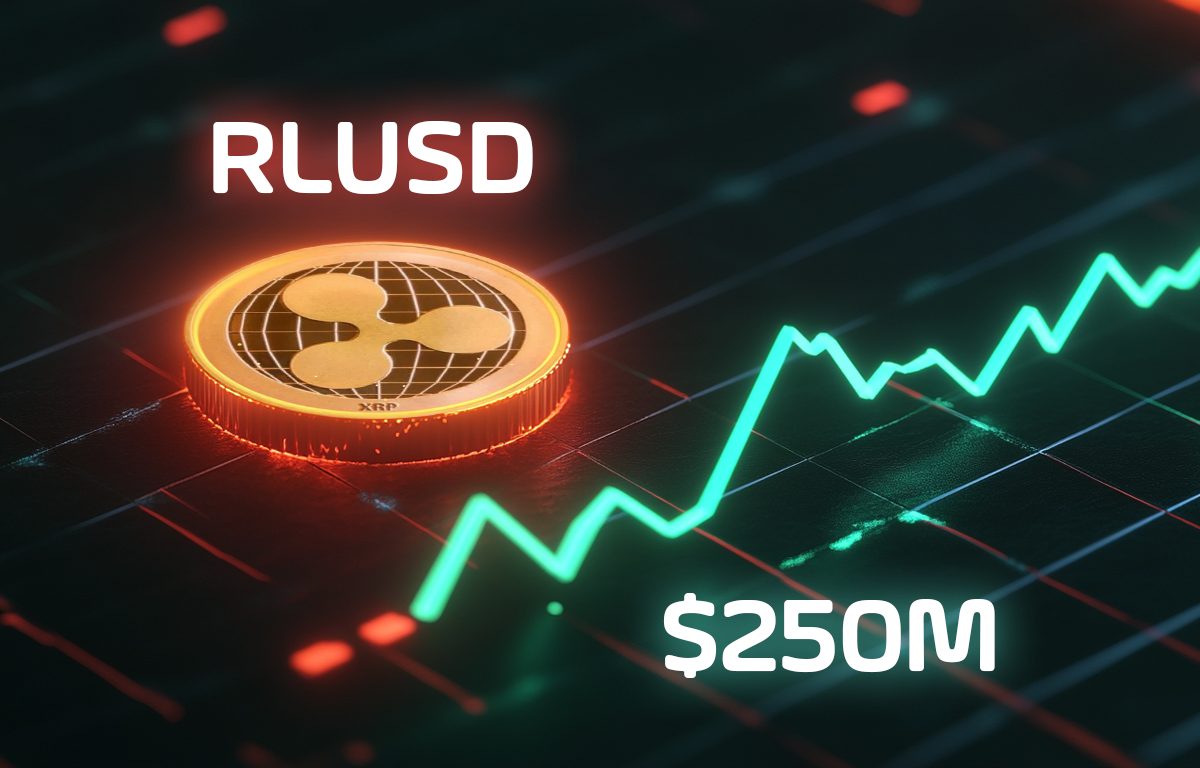Aevo offers pre-market trading for its own token ahead of upcoming airdrop
Aevo is launching pre-market trading for its own upcoming token.The token is set to launch on March 13, with less than 5% of the supply allocated for users.
Aevo, an exchange focusing on options and perpetual futures trading, operates on its Layer 2 network on Ethereum. The exchange has seen decent traction in recent months for pre-market trading of tokens and has used this as a way to increase awareness of the platform.
What is different in this case is that Aevo will offer its token for pre-market trading, which may be a first in the crypto space.
“Presenting $AEVO Pre-Launch. Take a position on where AEVO will be when the airdrop happens by the 13th of March,” the exchange posted on X .
The offering was met with some skepticism. Parsec Finance founder Will Sheehan questioned whether it was suitable for an exchange to list pre-market trading for its own token and called the idea unhinged. Others simply said , “lmfao what?”
Pre-market trading enables traders to speculate on the future price of the token once it becomes live, allowing airdrop recipients to lock in prices.
Regarding internal controls, Aevo co-founder Julian Koh said the exchange is barring employees from trading its token in the pre-launch market. He added that the exchange has not shared any information with investors or insiders around the listing price.
Ahead of the airdrop , Aevo also offered pre-farming, where traders would get a bigger boost for their airdrop depending on the amount of their trading volume.
A small community allocation
The token is set to be airdropped to its community on March 13. Yet its distribution has come under some criticism for being overly restricted. While the first crypto airdrops gave upwards of 60% of their supply away, recent ones have shrunk that to around 7% — while Aevo is giving less than 5% away.
On its Discord server, Aevo’s community manager — who is an employee of the Aevo company — fought back against these criticisms. They said while the allocation is small, the effective size of this depends on the price.
After the token launch
Beyond the airdrop, the platform is planning to open up its Layer 2 network to other applications. It employs a Layer 2 optimistic rollup created using the Conduit rollup platform. It plans to use Celestia for data availability so transaction fees remain low and open it up for other protocols to build on it.
"Our plan is basically to open this up for other [developers] as well and build an ecosystem around our exchange." Ribbon Finance co-founder Julian Koh told The Block in a recent interview .
Aevo is also planning to move further into yield offerings. In the first quarter of this year, it is planning to launch yield strategies, which will let the platform's users put their crypto in various set ups designed to generate a return.
Ribbon Finance’s evolution into Aevo
Originally part of the DeFi project Ribbon Finance , which has its own token, Aevo will allow a 1:1 conversion of Ribbon tokens for Aevo tokens once they become available.
In 2022, Ribbon emerged as a notable DeFi protocol, especially in the decentralized options market. Aevo was developed as an extension of Ribbon Finance, focusing on scaling decentralized options through its own Layer 2 app-chain, which initially offered options and later expanded to include perpetuals.
Disclaimer: The content of this article solely reflects the author's opinion and does not represent the platform in any capacity. This article is not intended to serve as a reference for making investment decisions.
You may also like
Analyst Says “Bitcoin Would Be $150K Now If There Were No Tariff Business”, Shares New Year-End Price Target

Why Does Bitcoin Trade Like a Tech Stock: Experts Weigh In

Is Toncoin ($TON) Set for a Bullish Reversal? Key Updates and Technical Outlook
After a turbulent year marked by legal challenges and market volatility, Toncoin entered 2025 at a critical juncture with growing investor backing and signs of a technical breakout.

Is Ripple Building the Next USDT? RLUSD Stablecoin Quietly Nears $250M
Ripple USD (RLUSD) has silently reached a market cap of nearly $300 million.

